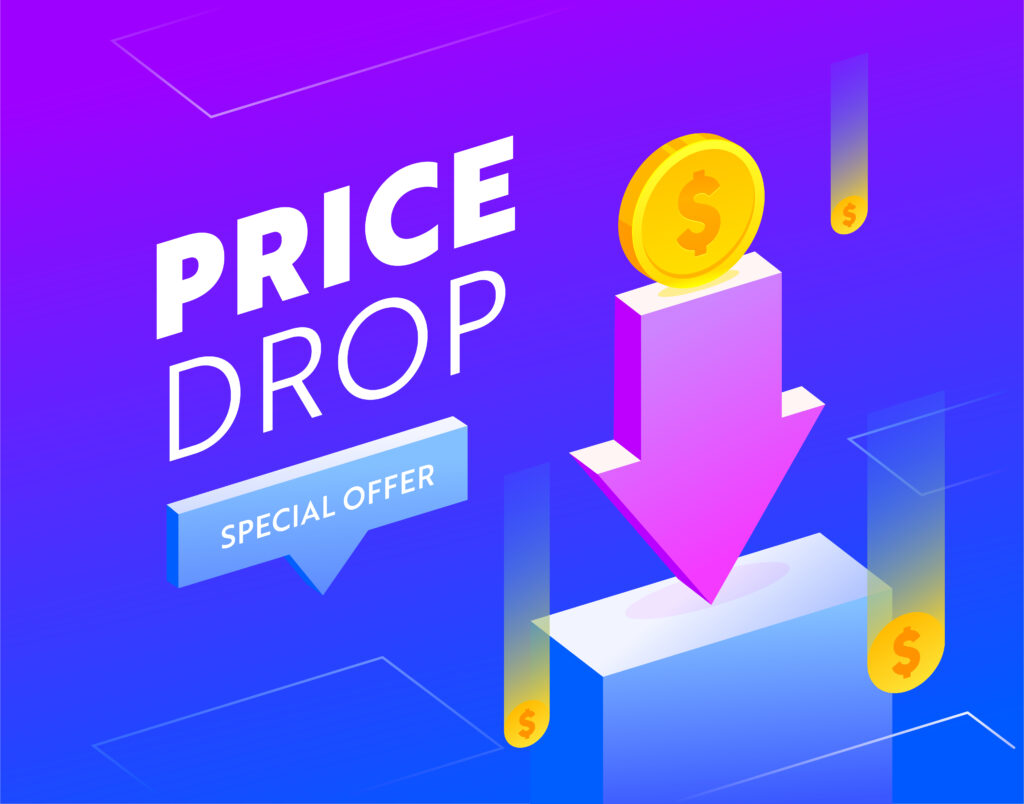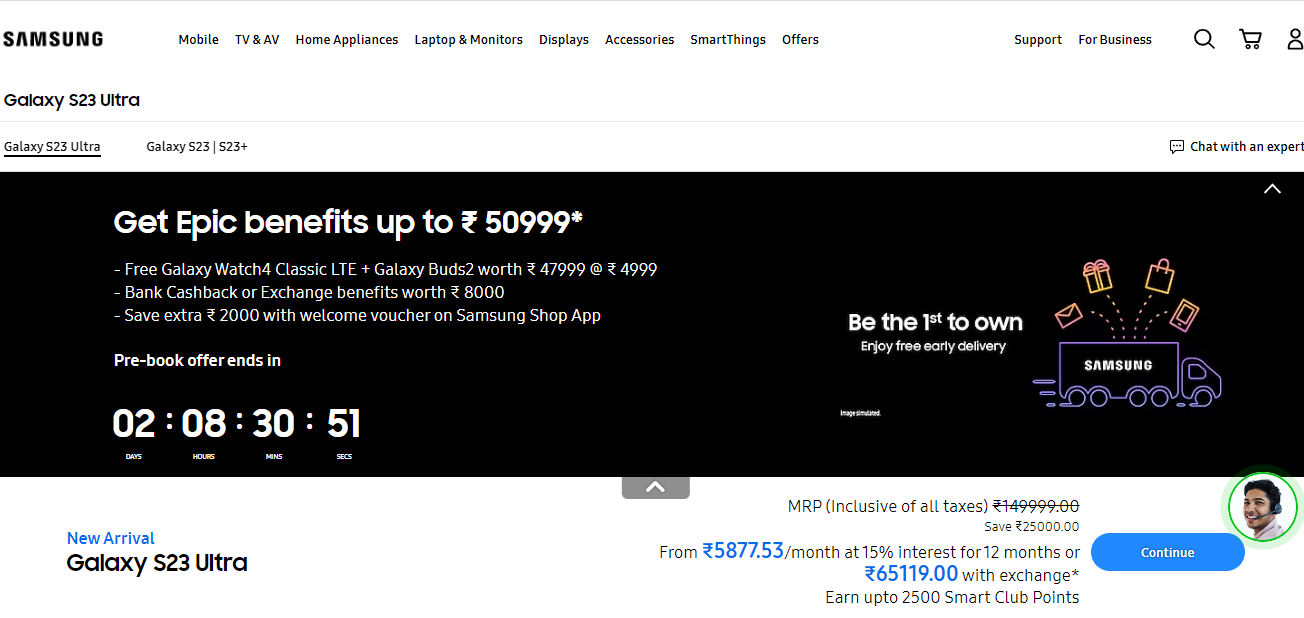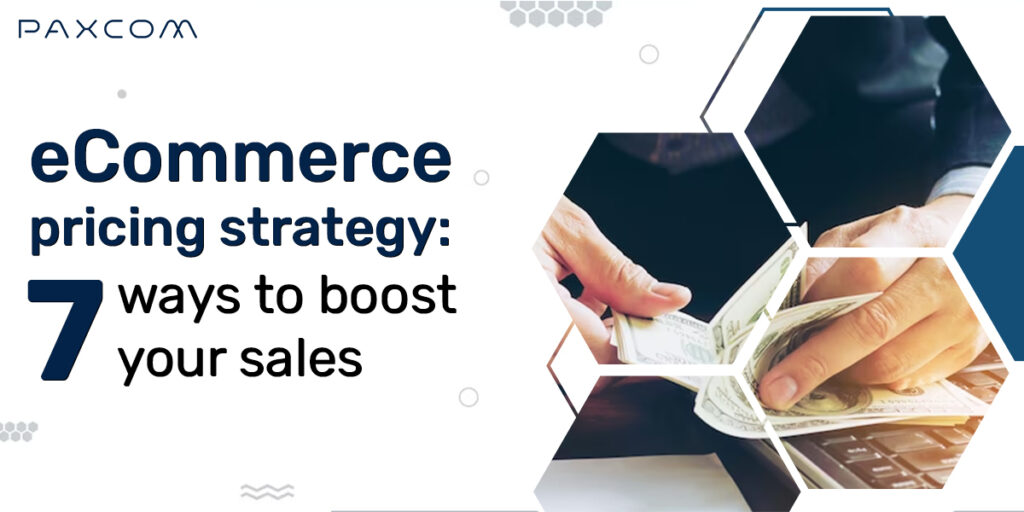Are you tired of offering your products at the same price without seeing a significant increase in sales? If so, it’s time to reassess your eCommerce pricing strategy. In today’s highly competitive online marketplace, pricing plays a crucial role in attracting and retaining customers. The right pricing strategy can boost your sales and establish your brand as a leader in the industry.
In this blog, we will explore seven eCommerce pricing strategies that can help you to increase your sales and grow your business. We will examine the approach from cost-plus pricing to dynamic pricing and provide practical tips on implementing them effectively. Whether you’re just starting out or are looking to refresh your existing strategy, this blog is packed with insights and best practices that will help you to boost your sales and achieve your business goals.
So, if you’re ready to take your eCommerce pricing strategy to the next level, read on and discover the seven ways to boost your sales and achieve success in the online marketplace.
Table of Contents
eCommerce Pricing Strategy : A Pressing Need
In the ever-evolving world of eCommerce, pricing strategies have become an essential tool for businesses to thrive and stay ahead of the competition. With consumers becoming increasingly price-conscious, brands must be quick and transparent and offer reasonable pricing solutions that cater to their needs.
According to recent reports, shoppers are now more competitive than ever, with the rise of comparison tools that allow them to check and compare prices anytime and anywhere. To tackle this challenge, businesses must adopt dynamic pricing software to analyze customer behavior and formulate effective pricing strategies to remain relevant and attract more customers.
Experts suggest that a robust eCommerce pricing strategy can help increase conversion rates and drive more sales, making it a vital aspect of any brand’s success. However, to implement these strategies effectively, businesses need competitive price intelligence tools to keep up with the dynamic nature of the eCommerce market.
Below are some eCommerce pricing strategies that will help you expedite your brand. Let’s dive in to know more about them.
Cost-Based Pricing

Cost-Based Pricing is the first, and foremost strategy opted for by brands looking to venture into the eCommerce industry. The strategy is often based on make-up pricing and is more business-oriented than the customer. The pricing check is done at certain levels, from product price, shipping cost, and marketing price, along with the profit one wants to gain by selling the product. By adding these costs altogether, you get the selling price.
The strategy is transparent, easily calculative, and prominent among beginner brands or startups. It is up to the seller to set up the price; accordingly, the strategy is best suited for businesses looking to gain 50-100% profit.
Factors to determine while Implementing a Cost-Based Pricing strategy
- Labour Cost
- Packaging & Shipping
- Materials and a few more related costs.
All these factors, when clubbed together, make up the product price, and then a final markup (profit margin) is added to each product; this results in a final selling price.
Bonus Tip: To implement a cost-based pricing strategy, an eCommerce brand needs to determine the cost of production for each product. This includes all expenses such as materials, labour, shipping, and any other relevant costs. Once the cost of production has been determined, a markup is added to each product to arrive at the final selling price.
The markup is usually a percentage of the cost of production and is set based on various factors such as market trends, competition, and target audience. The markup should be set high enough to ensure that the eCommerce brand makes a profit but not so high that it becomes uncompetitive.
Competitor-Based Pricing
As the name suggests, the strategy revolves around pricing the product based on the competition. The strategy is beneficial for brands that are looking to maintain a more firm position in the market. It is highly recommended for amateur sellers who are looking to opt for a more robust strategy.

The best-suited niches for this strategy are electronics, homeware, fashion & beauty, and FMCG brands. Since the products are placed nearby on digital shelves, the trick is to price the products around the competitors’ prices. Depending on your offerings to the audience, you can price it low or high compared to the average price. Low pricing and lucrative offers at the initial stages will help you acquire a decent customer base. Slightly high pricing can also be done depending on the market, but make sure to impart what sets the product apart from the competitor.
The strategy involves a lot of other tasks along with low or high pricing, such as trends, brand image, and consumer base. If your brand is a market leader, then there is a high possibility that the brand image and the audience will remain unaffected by the fluctuating pricing patterns. To ensure its flexibility, the brand should consider all the factors and ensure that the product does not alienate the target market.
Psychological Pricing Strategy
Have you ever spent much more than you intended to while shopping online or in a brick-and-mortar store? Thoughts like “The product cannot be cheaper than this”, and “an absolute steal deal” must’ve left you completely surprised, and you ended up shopping beyond your budget.
Psychological pricing and the anchor pricing strategy help you break into the market. Let’s find out how numbers play an influential role as they trigger and create a sense of urgency amongst consumers.
- Showcasing of $100 shoes just to make the customer purchase a $75 one. You must’ve encountered some flash sales or offers with limited products available at unbeatable prices.
- Placing a $1000 50-inch TV on the digital shelf along with a $700 48-inch TV entices the customer’s mind that a $700 tv will save him a whopping $300.
- A $2.99 will be treated as less than $3.00. Though there is a slight difference in the numbers, the assumption is that the product price is lower than the actual price.

Source: Amazon USA
All this, in turn, also creates artificial demand for the item, and people rush to make the purchase. The strategy promotes quick decision-making. Before making a purchase, looking for alternatives and similar-value products has become a general habit. Anchor pricing gives customers space for suggestions and references and offers the product without burning holes in their pockets.
Anchor pricing, charm pricing, innumeracy, artificial demands, and price appearance can be proven beneficial for your business, but it is equally essential for you to make the product worthwhile for the customers, or else they’ll end up returning it.
Dynamic Pricing
Dynamic pricing refers to the practice of changing product prices in response to market conditions, such as changes in supply, demand, competitor pricing, and other factors. Did you know that Amazon religiously adheres to this pricing strategy, updating its prices every 10 minutes?

Use Case: Optimize revenue by offering the right price to the right customer at the right time. By analyzing data from various sources, such as web traffic, search history, and purchase behavior, eCommerce businesses can use dynamic pricing to adjust product prices in real time based on customer location, time of day, and product availability.
Let us look at the added advantages this strategy offers retailers.
- Flexible and Scalable
There is this misconception that fluctuating prices may damage the brand’s value. On the bright side, the strategy allows the brand to scale its products and strengthen its brand image. You have more control over pricing your products, and the real-time price trends leverage your business, allowing you to scale your products at different prices and revenue levels.
- Effectively Manageable
The nature of dynamic pricing strategy is complex and requires a lot of attention, as one has to keep a track of thousands of products across multiple platforms in real-time. Let’s tell you, we have the solution to this.
Keeping track of tasks can be tricky, but accurate eCommerce analytics software can make the process easier. The tool is capable of monitoring the product prices of the brand as well as those of competitors. It helps you track the selling price of each SKU across several platforms and geographies.
- Improved inventory management:
Dynamic pricing can help eCommerce businesses to better manage inventory by adjusting prices based on product availability, which can help to reduce stockouts and overstocking.
Overall, dynamic pricing is a valuable strategy for businesses looking to maximize revenue, remain competitive, and improve customer satisfaction. However, it requires careful market data analysis and customer behavior to optimize pricing decisions for both the business and the customer.
Value-Based Pricing
This strategy focuses on offering a fair share to both the brand and the customer. It could be more competitive and straightforward; the strategy is more customer-oriented and builds loyalty.

To implement a value-based eCommerce pricing strategy, a brand must first understand its products’ value to customers. This involves conducting market research, gathering customer feedback, and analyzing customer behavior. The brand must then determine the price that customers are willing to pay for its products based on the value that they receive.

A/B Testing
A/B and split testing are two of the most widely used and prominent conversion rate optimization eCommerce pricing strategies. The objective of A/B testing is to enhance conversions, reduce cart abandonments, and streamline the process in the easiest way possible.
This eCommerce pricing strategy helps to downsize the risks of a big gamble as the testing allows you to work on the loopholes step by step instead of fixing them all at once. A/B testing greatly impacts return on ad spend (ROAS); offering hassle-free shopping and engaging visitors on the website leads to more conversions, resulting in higher customer retention and satisfaction.
Premium Pricing Strategy
As the name suggests, this approach is used for select and high-class products. This one-of-a-kind strategy offers finesse, quality, and the worth of the product associated with the brand. With luxurious cost comes premium luxury and a magnificent brand image.

The iPhone is one of the most significant examples of this approach. The market gets extremely saturated and targets a certain audience. The consumers find it valid to pay hefty amounts as they have this notion that they’ll get a splendid quality product. With the premium price, a high-end reputation is also attached. The product’s unique selling proposition (USP) is promoted and marketed to authentically increase the value of the brand and product in this competitive landscape. The uniqueness sets it apart from the other products,
Benefits of Premium Pricing
- High-Profit Margins
- Brand Image
- Low Competition
To inculcate this strategy, these benefits aid in the exponential growth of the brand. But, at the same time, one also has to ensure that the customer is getting the product value out of it, whether the branding is being done in a structured manner or not. Since the targeted audience is limited, the brand must ensure that all these parameters are being met effectively.
Suggestion: Premium pricing blends well with categories like high-tech products, fashion, and beauty brands. Gucci, Zara, Fendi, and Playstation are some well-known examples of premium brands.
Conclusion
In addition to the ones listed above, there are other ways to set prices for eCommerce, and it can take time to choose the best one. For some businesses, the psychological pricing strategy would suffice; price skimming or value-based pricing would entice others. The pricing strategy is decided based on the business objectives and requirements.
Choosing the most appropriate eCommerce pricing strategy is critical for a brand to monitor the product price regularly. Going for a digital shelf analytics tool is advisable, as the software will help you track SKUs and unauthorized sellers. Furthermore, the gathered data will help you formulate the best fit and most competitive pricing strategy to upscale your business.
How can our digital shelf analytics tool help you with data-driven decision-making and strategy formulation? The tool allows you to track multiple eCommerce channels across multiple geographies and generates consecutive as well as customized reports for better understanding. Book a Demo here or Contact us for the consultation.















